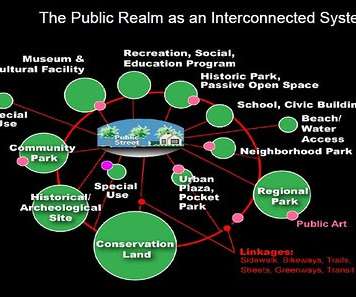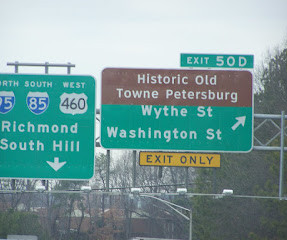The GSE Conservatorships: Fifteen Years Old, With No End in Sight
The Stoop (NYU Furman Center)
SEPTEMBER 5, 2023
Under the pressure of the financial crisis, in mid-2008, the market began to lose confidence in the implied guarantee given its informal and unwritten nature. This included: Developing an updated capital requirement broadly consistent with post-2008 bank regulatory requirements. [9] government (i.e.,











Let's personalize your content